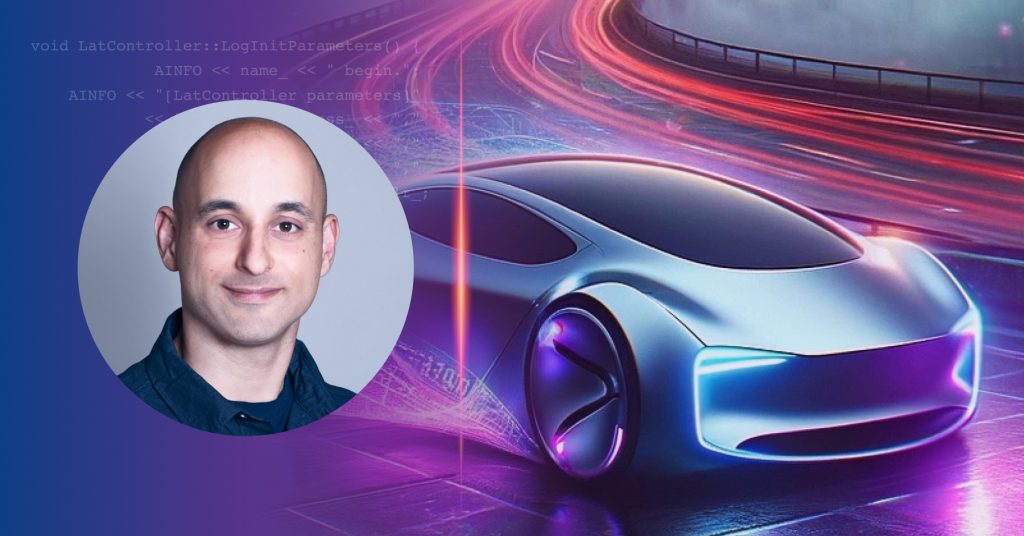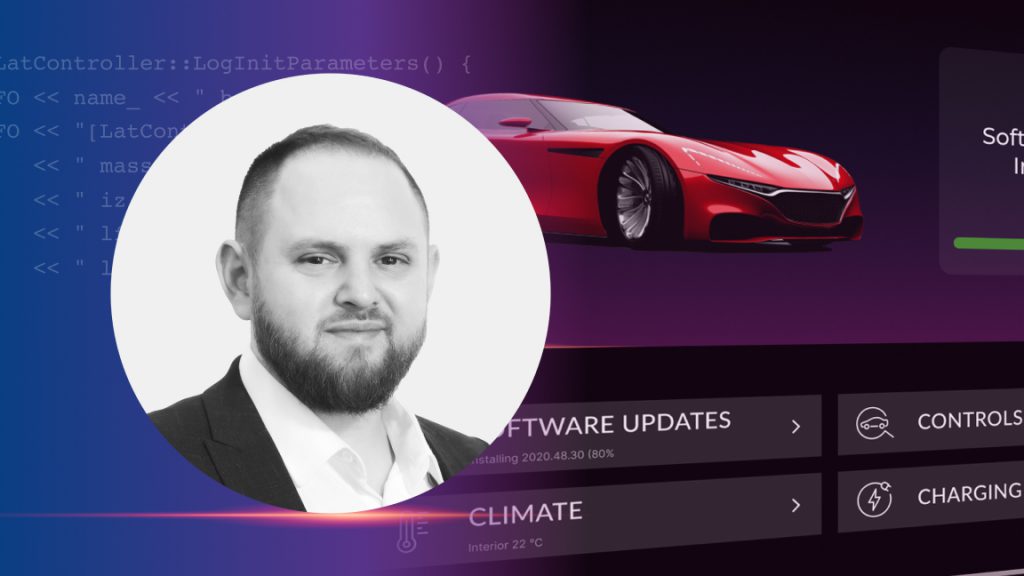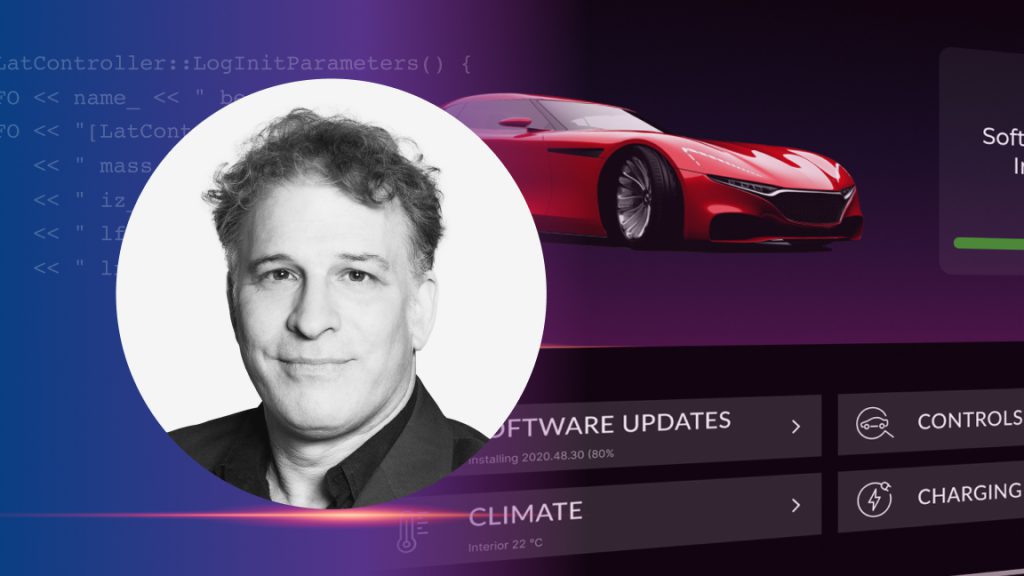The past has proven that companies’ technology and innovations are versatile and just because the original intent of the technology or innovation was to solve one problem, as time goes by, and new challenges arise, the same solution can be used to solve other unforeseen problems.
As USA Today reported, in 1942, during World War II, the U.S. military was in need of a durable adhesive tape that could maintain its bond under harsh field conditions. The military asked Johnson & Johnson Co. to develop the idea and initially called it duck tape for its waterproof nature.
Civilians began to utilize the product heavily during the postwar housing boom, when it was used to seal central air and heating systems. Duck tape was used in ductwork so much that it was renamed to duct tape and recolored to match the silver metallic color of HVAC systems.
During the height of COVID-19, we saw examples of corporate agility as car manufacturers began building ventilators and sporting good manufacturers started sewing masks for the healthcare industry. We will continue to see this nimbleness moving forward as companies’ technologies, originally scoped for one industry, find their way into processes supporting Industrial IoT – a term designating the efforts that bring together machines, cloud computing, analytics, and people to improve performance and productivity.
Aurora Labs’ Self-Healing Software, currently being leveraged by automotive manufacturers, is a solution that is also bringing value to Industrial IoT companies. Aurora Labs uses artificial intelligence and machine learning to enable these companies to become proactive about the quality, safety and security of their connected devices and systems.
This is of increasing value for time-sensitive industrial IoT devices such as security cameras, autonomous warehouse robots, and production line machines that are required to have 24-hour uptime, 7 days a week, 365 days a year. Aurora Labs’ unique Self-Healing technology is the predictive maintenance solution for software, enabling pre-error detection and remote OTA updates with zero downtime — both key features in guaranteeing continuous quality, safety and security.
Business Insider quotes Maribel Lopez, founder and principal analyst at Lopez Research, saying, “Although Aurora Labs is targeted at vehicle manufacturers if Amazon Web Services (AWS) were to acquire it, its technology would not just be used for cars. Instead, it could be expanded as a platform play, meaning that AWS could use its AI technology for other parts of its business – its own growing logistics robot fleet, for example.
The global industrial IoT market is expected to reach approximately USD 751.3 billion by 2023, growing at a CAGR of 23.88% from 2017 to 2023. By component, the global industrial IoT market is segmented into hardware, software and service. Software is expected to be the fastest-growing segment during the forecast period, with a CAGR of 25.65%. Software plays a major role in the development of industrial IoT systems.
However, for this to happen, according to global consultancy firm Bain, “Device makers and other vendors of industrial and operational technology need to dramatically improve their software capabilities—not a historical strength for most of them.”
The crossover from automotive to Industrial IoT is a natural extension of Aurora Labs’ Self-Healing Software in support of various scenarios. In manufacturing alone, having the visibility into line-of-code behaviour to predict and fix errors in security, plumbing, lighting and production line systems will prevent downtime, which costs firms at least $100,000 an hour, according to a 2019 survey by ITIC.






 11 min read
11 min read
